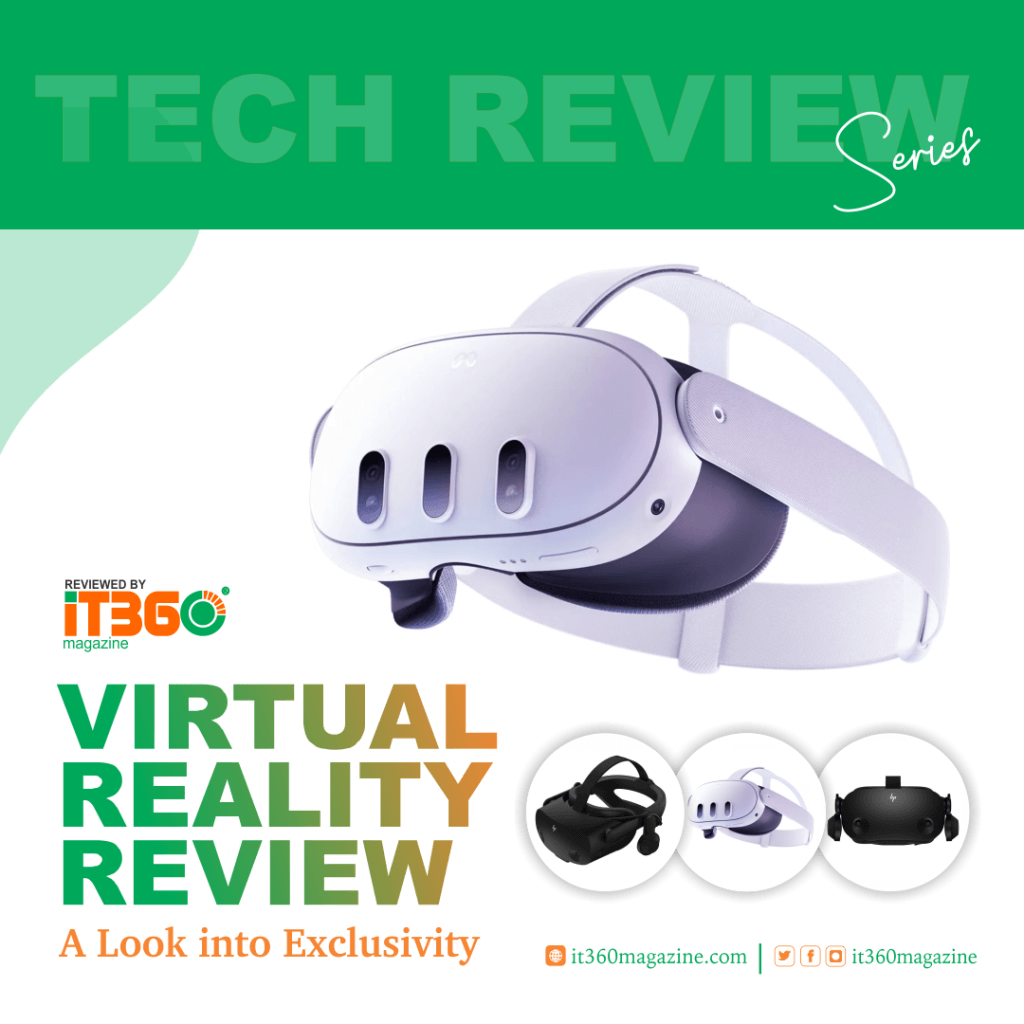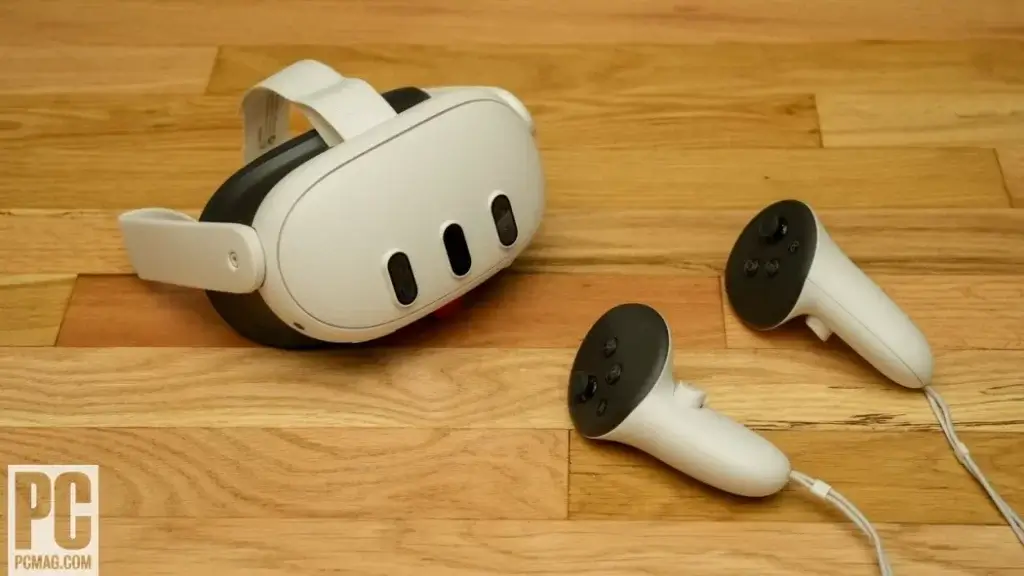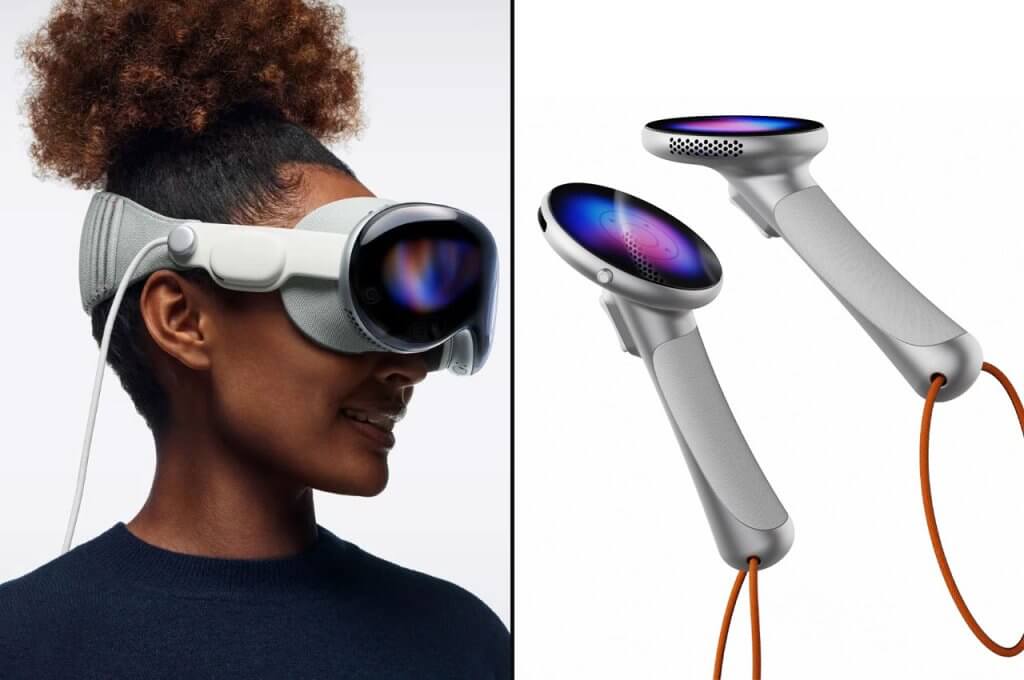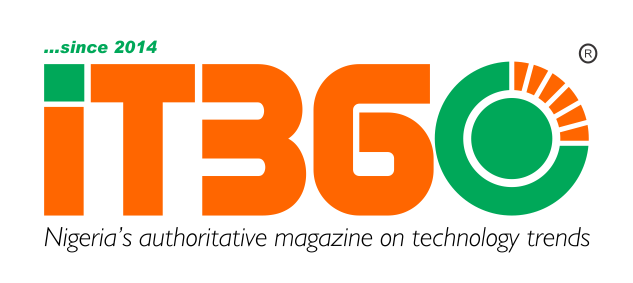Virtual reality (VR), like augmented reality (AR), is still in its infancy. Although most consumers are aware of the technology, accessibility and possible security risks still need to be addressed. VR is being used by 171 million people worldwide today. By 2028, it is anticipated that the percentage of users utilising virtual reality will have increased to 55.9% from 52.8% in 2024.
The market for virtual reality technology is expanding daily in tandem with the growing number of its applications. The creative economy’s gaming, entertainment, retail, and live events sectors now have the strongest demand for virtual reality. Virtual reality (VR) has also found wider uses in a variety of sectors, including real estate, healthcare, education, and the military. Its use in the metaverse has also spurred a rush of innovations. By 2035, it’s anticipated that the market for immersive technologies—which include mixed reality, virtual reality, and augmented reality—will be worth over $1.2 trillion. The market for virtual reality is expected to grow from $16.67 billion in 2022 to $227.34 billion by 2029.
A virtual reality headgear totally covers the eyes to create an immersive three-dimensional experience. VR headsets, also known as “VR goggles,” can be fully self-contained, like the HTC Vive or Meta Quest. They are expensive and require a highly powerful computer to run the animation. Units that are far less expensive need to be fastened onto the user’s smartphone. VR headsets use a mix of magnetometer, gyroscope, accelerometer, and proximity sensor, either built into the goggles or through the smartphone, to monitor the user’s motion. In addition, stereoscopic displays (which provide distinct views for each eye), stereo audio, and sensors such as accelerometers and gyroscopes are integrated into virtual reality headsets to track the user’s head position and align the virtual camera’s orientation with their actual eye positions.
Applications across a Range of Fields
- Diagnostics and training in medicine
Currently, medical students are being prepared for surgery through the use of virtual reality headsets. It enables them to carry out necessary operations in a controlled, virtual setting. In order to acquire the skills necessary to perform surgery on actual patients, students operate on virtual patients. Additionally, it enables the students to relive the surgeries from the lead surgeon’s point of view.
In the past, students were required to assist with surgery, and frequently they would overlook crucial components. Students can now view surgical procedures from the lead surgeon’s perspective without missing any important details, thanks to virtual reality headsets. Additionally, students can fast-forward, rewind, and pause procedures. Additionally, they can hone their skills in a risk-free setting using an actual headset.
- Virtual reality headsets for military training
The United States Armed Forces have deployed virtual reality headsets, which are a particularly helpful tool for training soldiers without putting them in danger. The soldiers can interact with virtual reality users through speech and movement, creating a realistic virtual environment.
- Urban planning and architecture
The University of North Carolina digitally recreated Sitterman Hall, the location of its computer science department, in the late 1990s, marking one of the earliest known use of virtual reality in architecture. The designers imitated navigating around a virtual area by donning a headset and using a hand controller. This allowed them to “walk through” a schematic using an Autodesk Revit model. With the use of virtual reality (VR), architects can obtain a deeper understanding of a project’s specifics, including sightlines, material transitions, wall stress, wind loads, solar heat gain, and other engineering considerations. By 2010, virtual reality applications had been created for planning, transportation, and urban renewal projects.
- Education and learning
VR is particularly helpful in fields where mistakes could mean the difference between life and death, since it allows students to learn without the real-world consequences of failure. Whether a desktop computer or a mobile phone is used to deliver the VR experience, it doesn’t seem to have an effect on the learning outcomes.
According to recent case studies, the VR training method not only demonstrates greater comprehension but also increases student happiness. Both the quantity of errors and the time needed to finish particular jobs can be decreased.
A growing number of businesses are using virtual reality for employee on-boarding. Because virtual reality onboarding doesn’t require demo equipment, it’s more cost-effective and efficient than traditional training.

Benefits of Virtual Reality to SME
A look at of the benefits of virtual reality for small and medium-sized enterprises and how it might propel them to new heights in their business.
In Marketing
A SMEs can demonstrate a creative side to their business by demonstrating actions in virtual reality and linking them to their digital marketing plan or even in person.
A virtual reality application for mobile devices will enable the adoption of e-commerce that presents the products realistically to draw in customers and create the impression that they are “seen” in the area where they will be used.
Creating Experiences
In the heart of a mall, a marketing firm can set up an interactive display of its clients’ goods to draw attention, demonstrate features and usage, and take customers to hypothetical or real-world locations.
We can quickly and easily demonstrate the benefits of the product or solution in a way that the consumer can understand without actually holding the item in front of them. We are also able to foresee objections and provide visual evidence for them.
Various Well-Known Brands in Virtual Reality
We’ll now dive into a few virtual reality firms that are currently making waves in the market and examine their most talked-about latest offering.
- Meta Quest 3
The eagerly anticipated Quest 2 sequel is an improvement in every way: wearing it is more comfortable, and its full-colour mixed reality cameras let you see virtual and real-world aspects together. It also boasts better screens. Even though it costs $500 more than the Quest 2, it is a considerably more competent headset with hardware and optics that will allow you to enjoy years of VR immersion.
Qualcomm’s Snapdragon XR2 Gen 2 chip powers the Quest 3, which Meta claims has twice the graphics capacity of the Quest 2. Games like Red Matter 2, which have upgraded visuals to provide an experience more akin to PC VR, clearly demonstrate that extra power. With its upgraded screens, Quest 3 offers an even greater experience than the PlayStation VR2, with 2,064 by 2,208 pixels per eye. If you need to respond to a text or Slack message right away, you can also view the real world with ease thanks to its mixed-reality cameras. Moreover, they allow you to create games that revolve around your room.

Beyond simply allowing you to view the outside world, Quest 3 allows you to perform some simple mixed reality multitasking. Up to three windowed Quest apps, such as the Quest Store and WhatsApp, can be arranged on a transparent virtual tray that appears in front of you. Better still, that tray is movable across the room. The fact that Quest 3 gives every virtual component an exceptionally sharp appearance also helps. Using the headset to see WhatsApp chats is identical to using a gaming monitor.
Quest 3 is intriguing because it provides a preview of what a mixed reality future might hold in addition to offering immersive virtual reality. It makes sense that it isn’t as capable or as sharp as Apple’s Vision Pro. Additionally, for better VR experiences, you can connect it to a gaming PC, just like you could with earlier Quest headsets. There are two models available for storage: the 128GB model for $500 and the 512GB option for $650.
- Apple Vision Pro
The Vision Pro is a virtual reality headset, even though Apple won’t mention the words virtual reality or even the letters V and R in that order. The Vision Pro differs from nearly all previous virtual reality headsets that we have seen in the last ten years in that it projects a real-world video feed onto its micro-OLED panels. Though it’s a much reduced perspective of reality—colours are muted, images in the dark appear blurry, and things distort as you move—it’s the best attempt at augmented reality (AR) using a virtual reality headset that we’ve seen.
The Vision Pro’s revolutionary “spatial computing” operating system, VisionOS, is navigated by eye tracking. Your eyes have to look directly at an app or link in order to start it, visit it, or do pretty much anything else that would normally require the use of a mouse or touchscreen.

It’s almost psychic in its magic. The intuitive hand motions utilised to engage with whatever your eyes are focused on enhance the sense that you are discovering the strength of the Force thanks to the Vision Pro’s eye tracking technology. However, because the Vision Pro depends so heavily on your sight, it can get tiring quickly when you encounter problems, like trying to press a little button on YouTube’s visually complex website.
Apple is trying to emulate what the iPod did for media players and the iPhone did for smartphones with the Vision Pro, but for virtual reality. Reshaping the virtual reality landscape around Apple’s concept of “spatial computing” is a daring $3,500 investment. Though exceedingly pricey, a little uncomfortable, and unexpectedly glitchy, the Vision Pro represents the biggest advancement in the stagnant VR market in years. The majority of people shouldn’t purchase it, but if you’re a developer or have a lot of money to spend and want the greatest immersive headset available right now, this one is unmatched.
However, it could make sense given how much technology is packed inside the Vision Pro that Apple decided to include without including a large battery. An M2 chip with an eight-core CPU, a 10-core GPU, and a 16-core neural engine for artificial intelligence processing powers the headgear. In addition, Apple’s R1 chip, which handles all of the cameras and sensors required to record a feed of the actual world, is installed with 16GB of RAM. In order to track how your head and body move in three dimensions, these include a flicker sensor, an ambient light sensor, six world-tracking cameras, four internal eye-tracking cameras, a LiDAR scanner, and four inertial measurement units.
- HP Reverb G2
If you’re not concerned with wireless virtual reality and would want to spend a little more money on a premium PC headset, HP’s Reverb G2 worth $599 is the right choice. It was created in collaboration with Valve and includes some of the best features—like near-field speakers—from the more expensive Index headset. With 2,160 by 2,160 pixels per eye, a refresh rate of 90 Hz, and a comparatively broad 114-degree field of view, the Reverb G2 boasts sharp displays as well.
Being the first Windows Mixed Reality headset with four sensors, it contributes to more precise VR tracking—especially in intensely competitive games. I must also commend HP for creating a headset with opulent padding surrounding the eyepiece and rear strap, which makes it incredibly comfy.

Although I don’t particularly like the motion controllers on the Reverb G2, they’re a significant improvement over HP’s last model. Upgrading it to utilise Valve’s finger-tracking controllers is always an option, but it requires obtaining SteamVR sensors and requires a lot more setup. Nevertheless, having the upgrading path accessible is excellent.
The Reverb G2 appears more professional than any other Windows Mixed Reality headset we’ve seen. At first glance, it might appear to be just another VR helmet, but closer inspection reveals how HP has improved the design. The smooth plastic case of the G2 feels more robust than the peculiar cloth front panel of the previous Reverb. The headband is also more substantial and has more padding surrounding the lenses for a more secure and comfortable fit. It’s also good to see the Index’s near-field
Conclusively, you can be certain that you will receive the distinct flavour associated with that particular brand of virtual reality glasses, regardless of the brand you choose. Because all you need is a connection to see each employee as if they were right in front of you, this technological innovation undoubtedly increases the excitement and intrigue of remote work.


